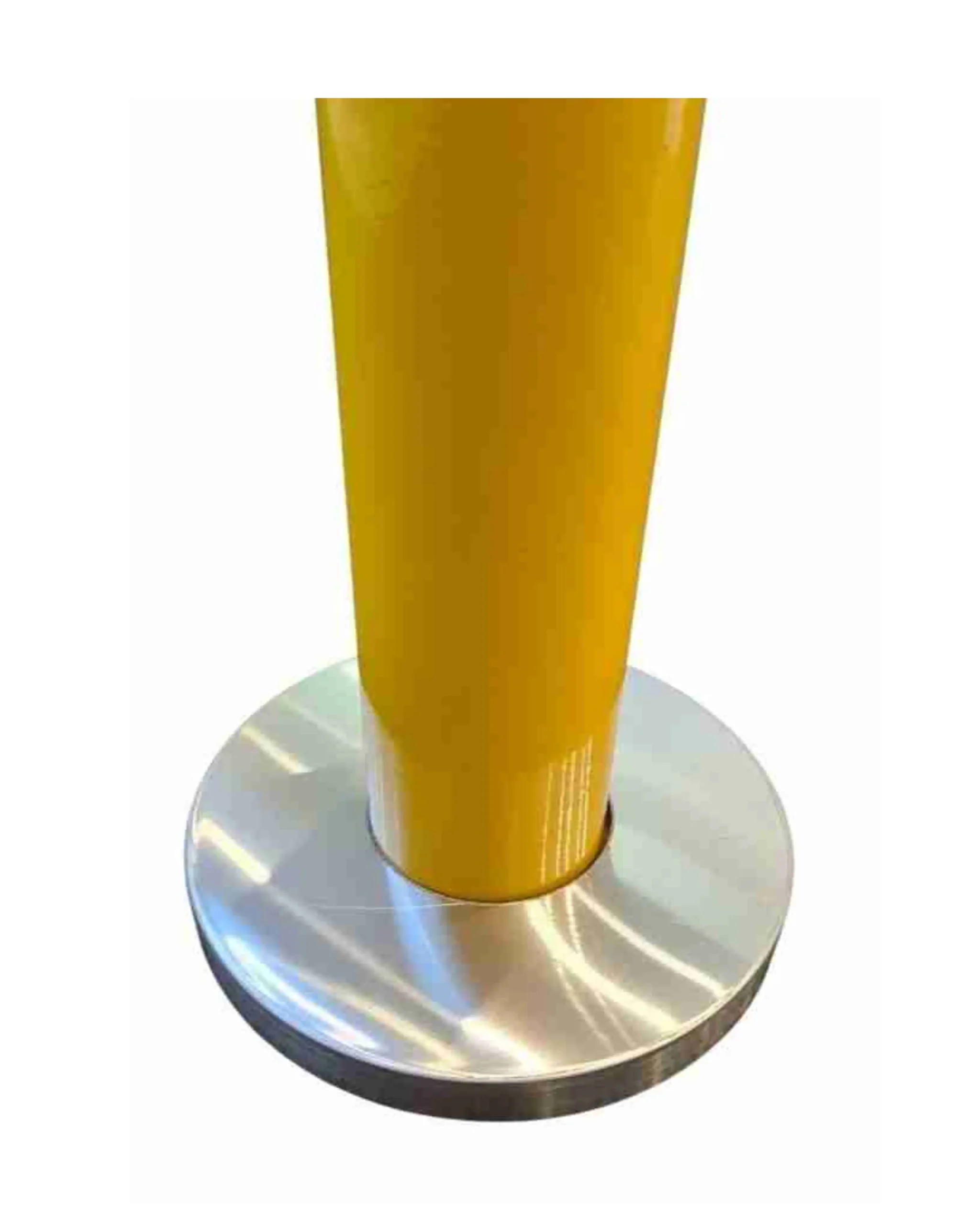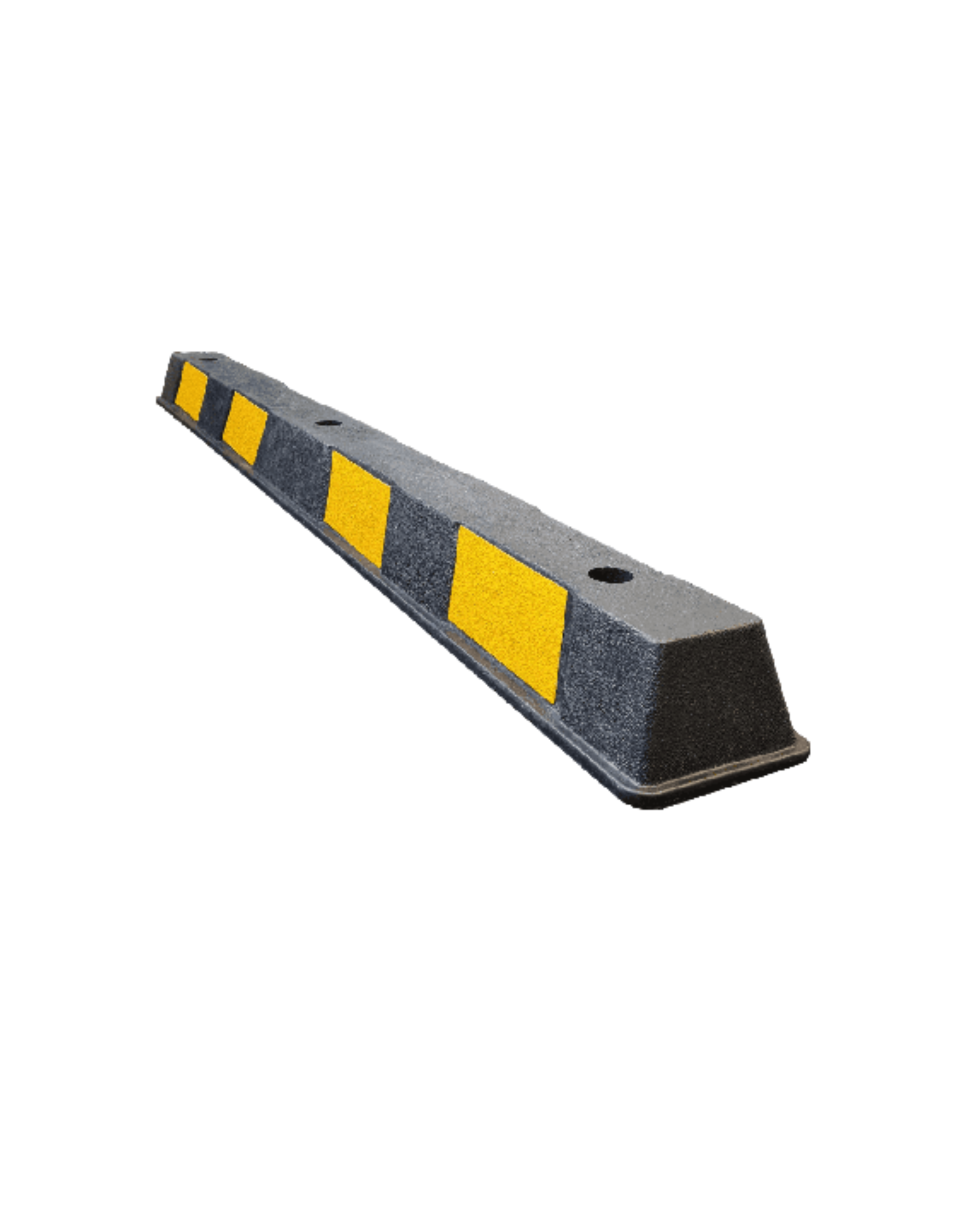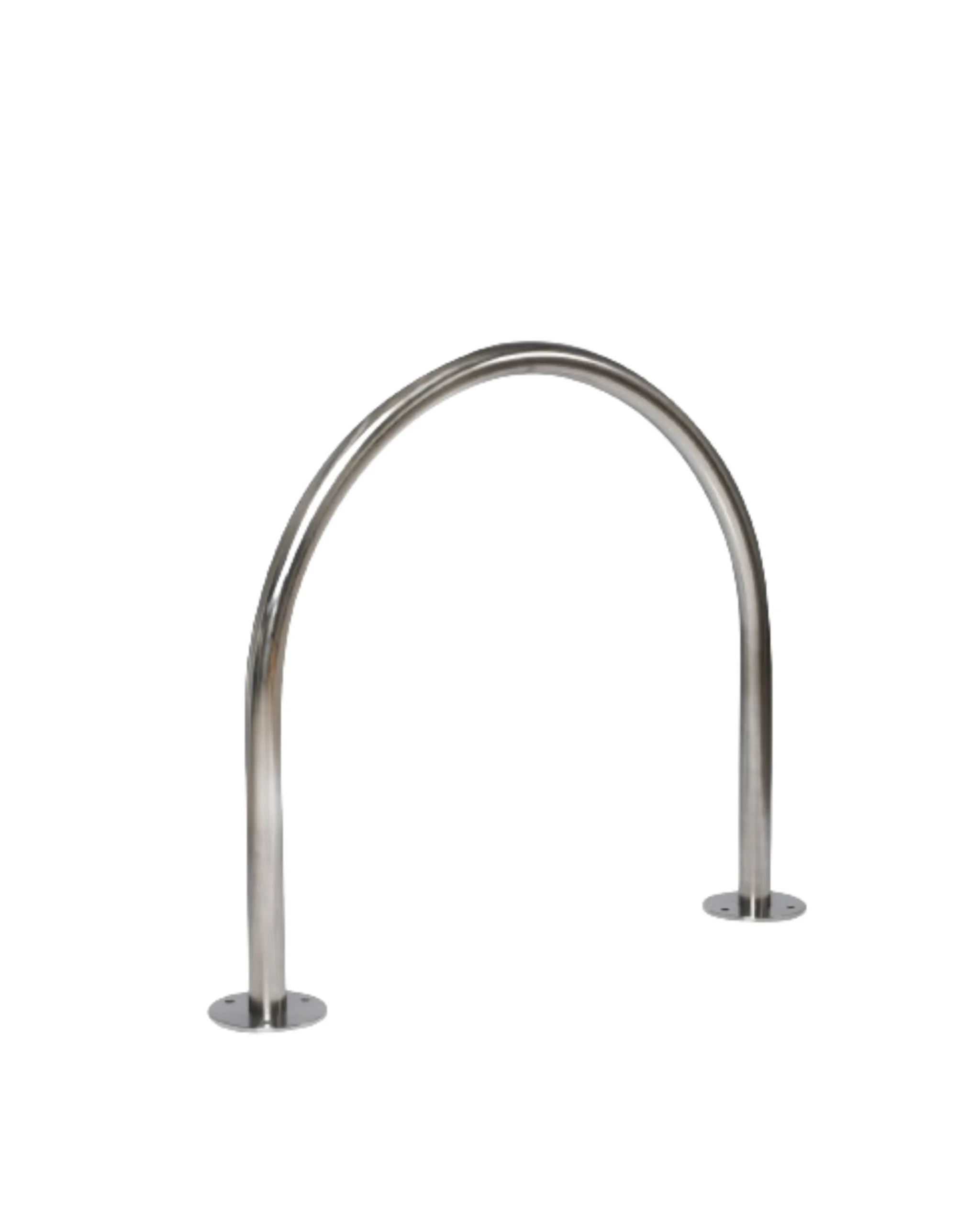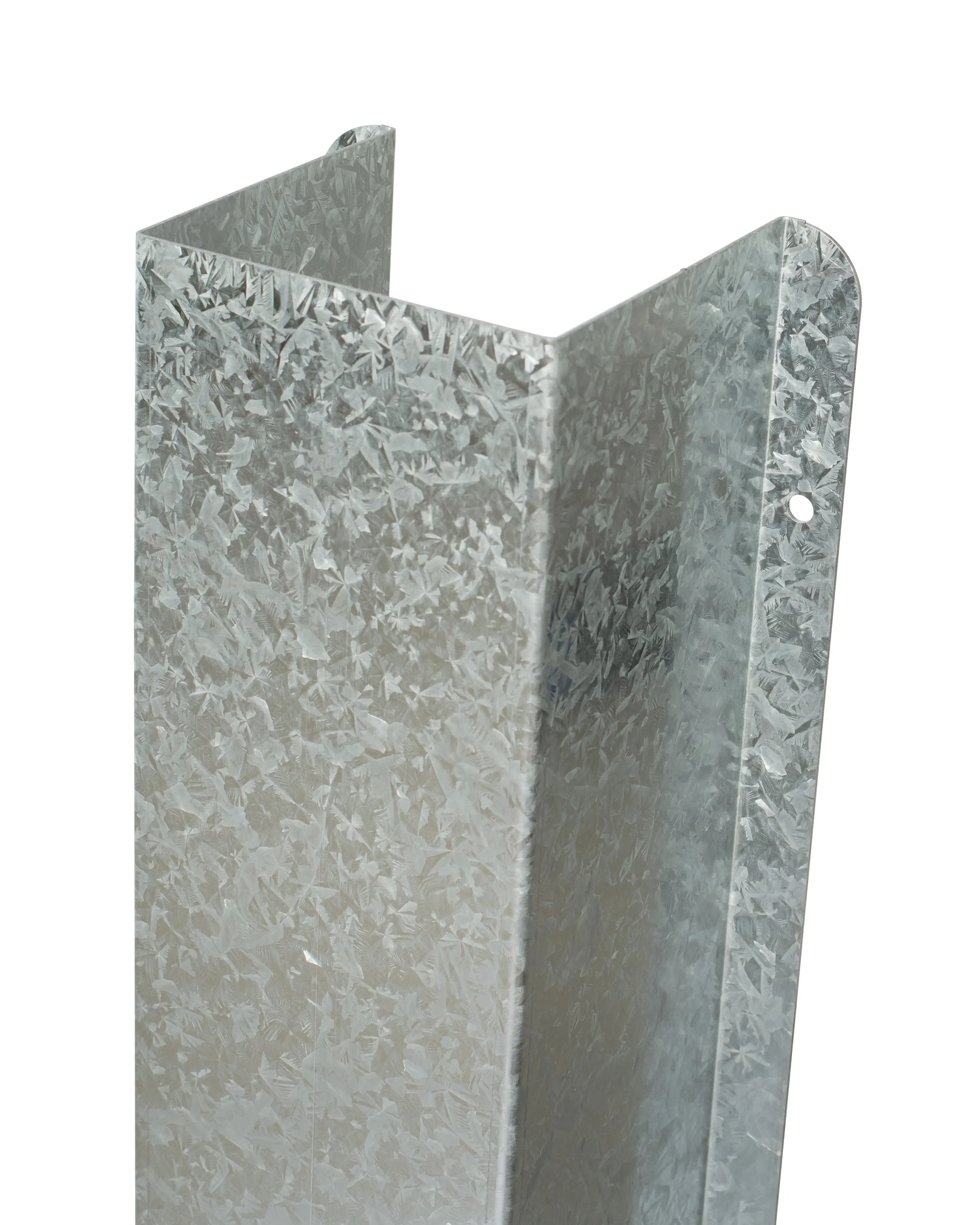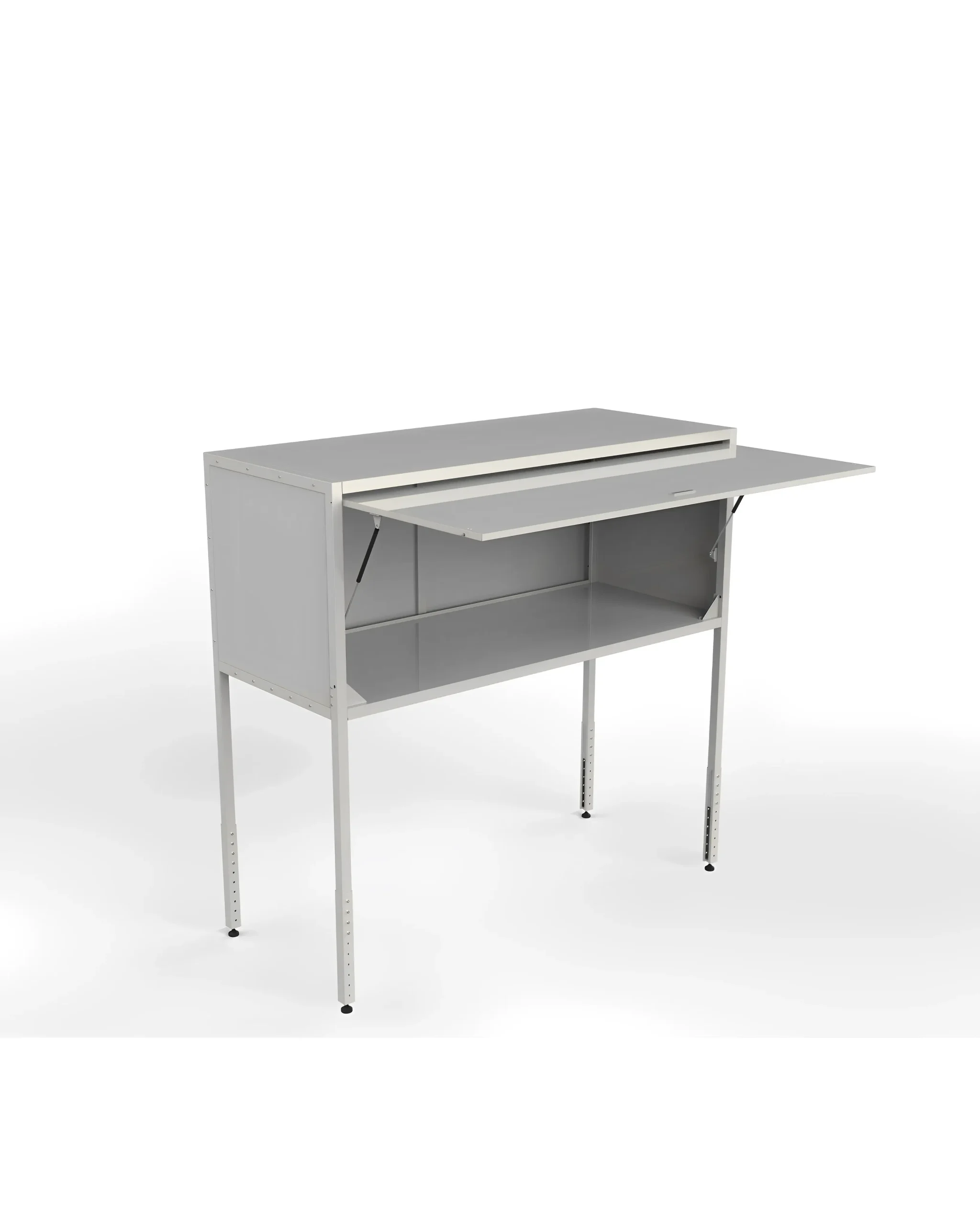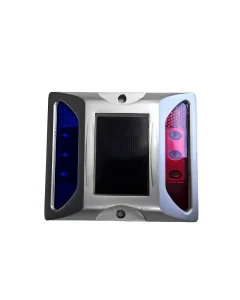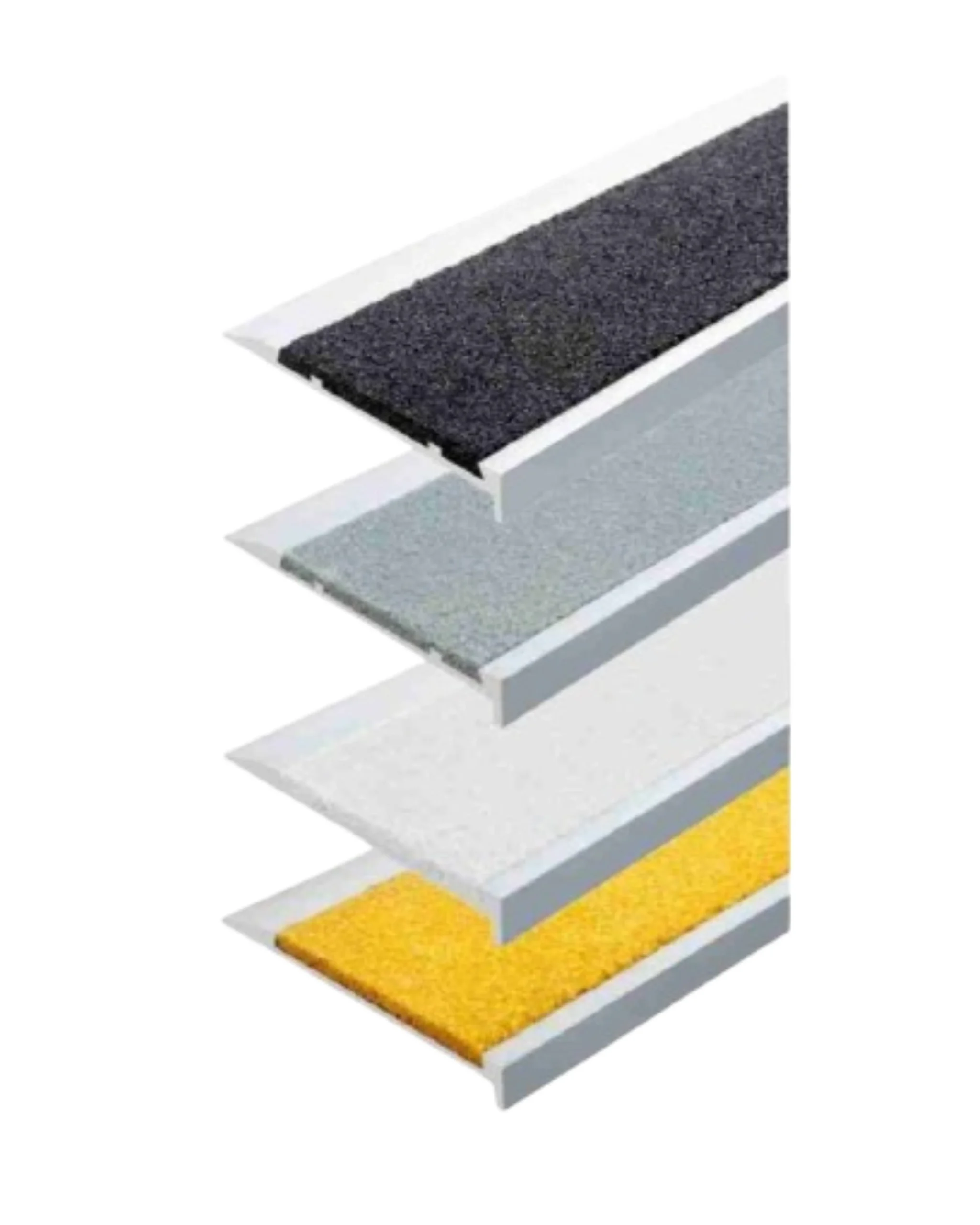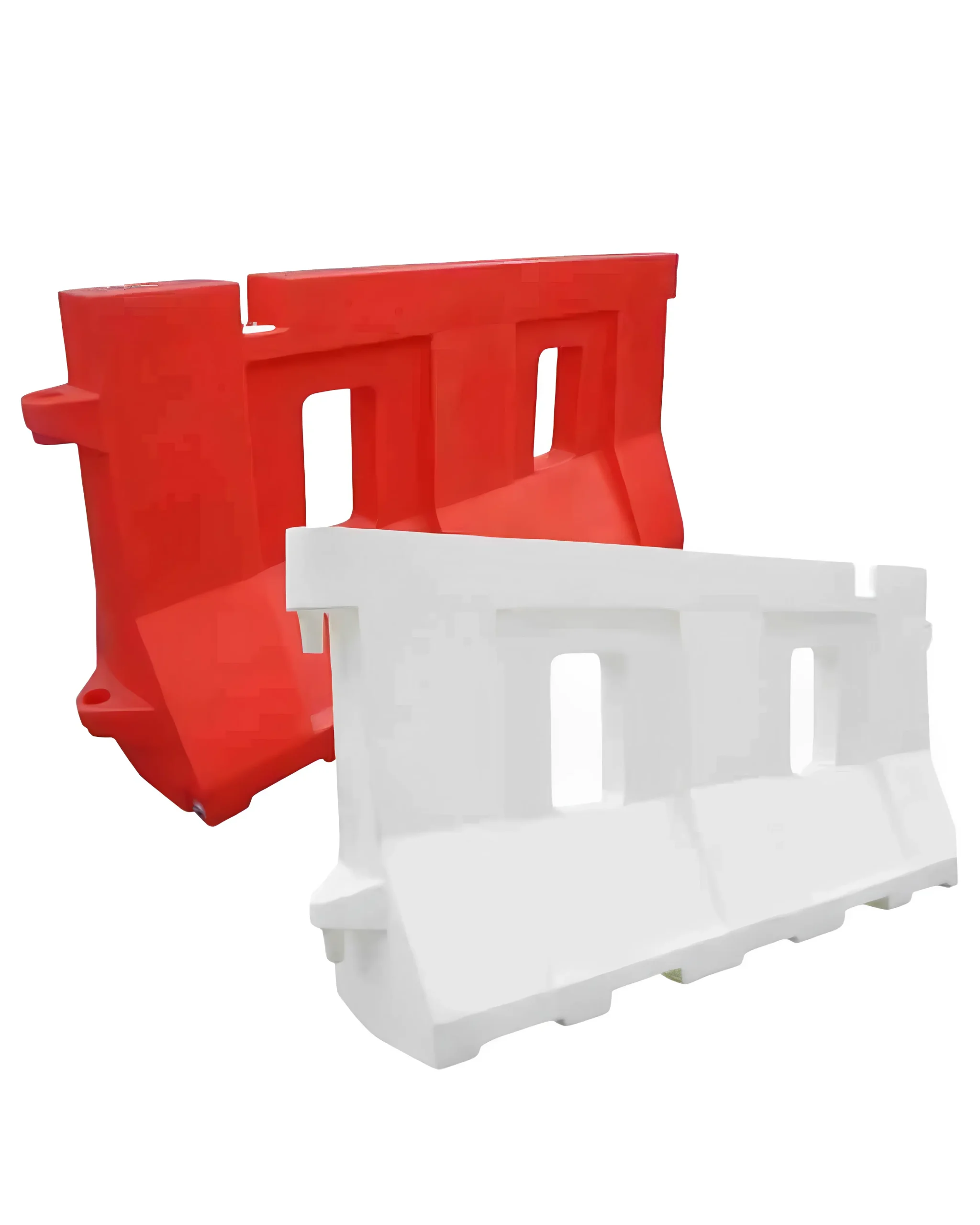Kerb Ramps
Showing all 8 results
-
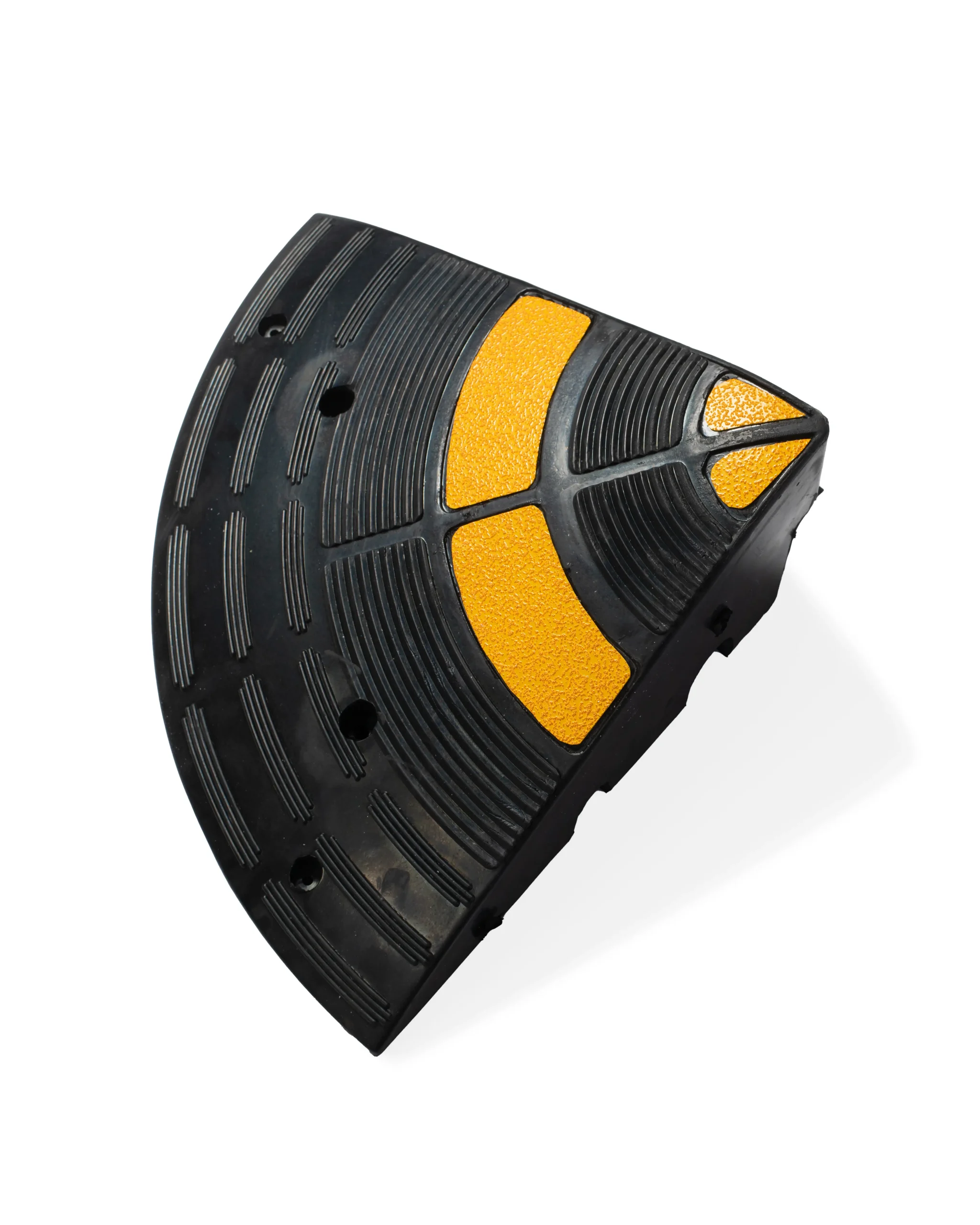
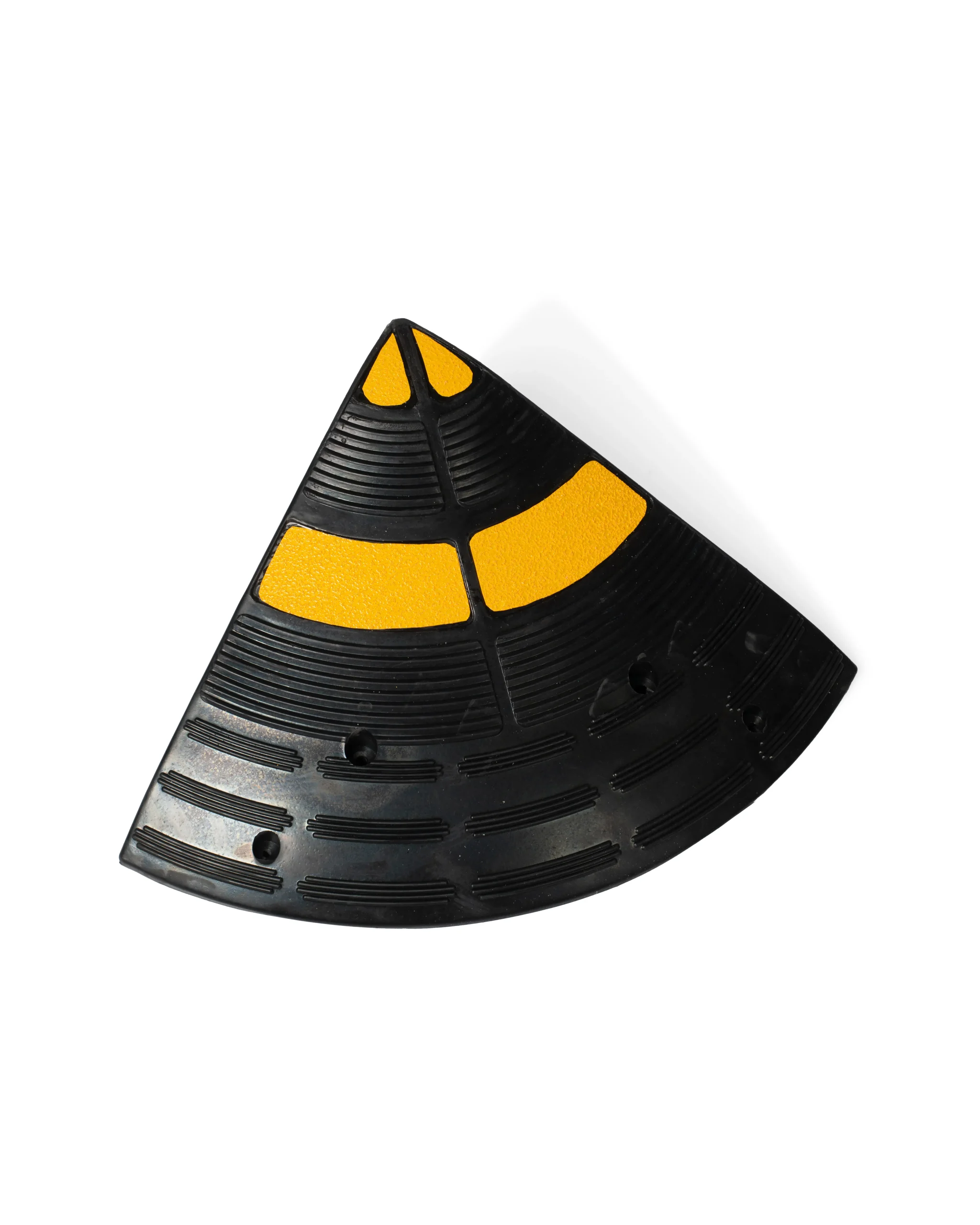
Reflective Kerb Ramp | 150mm | End | Free Fixings Included
SKU: KRE.150 (Kerp Ramp End 150mm)
GST Inc -


Reflective Kerb Ramp | 200mm | End | Free Fixings Included
SKU: KRE.200 (Kerp Ramp End 200mm)
GST Inc -


Reflective Kerb Ramp | 150mm | Middle | Free Fixings Included
SKU: KRM.150 (Kerb Ramp Middle 150mm)
GST Inc -


Reflective Kerb Ramp | 200mm | Middle | Free Fixings Included
SKU: KRM.200 (Kerb Ramp Middle 200mm)
GST Inc -
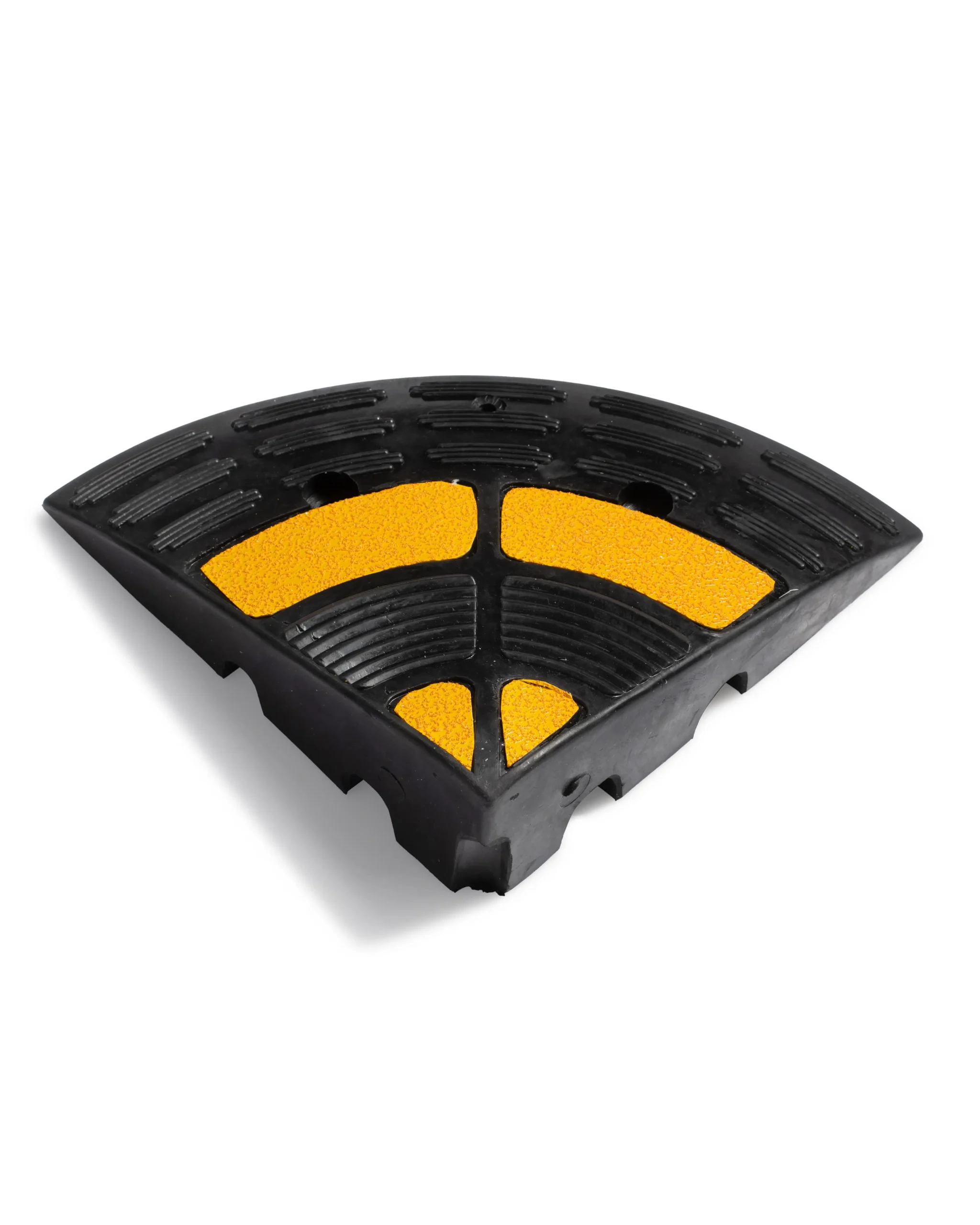
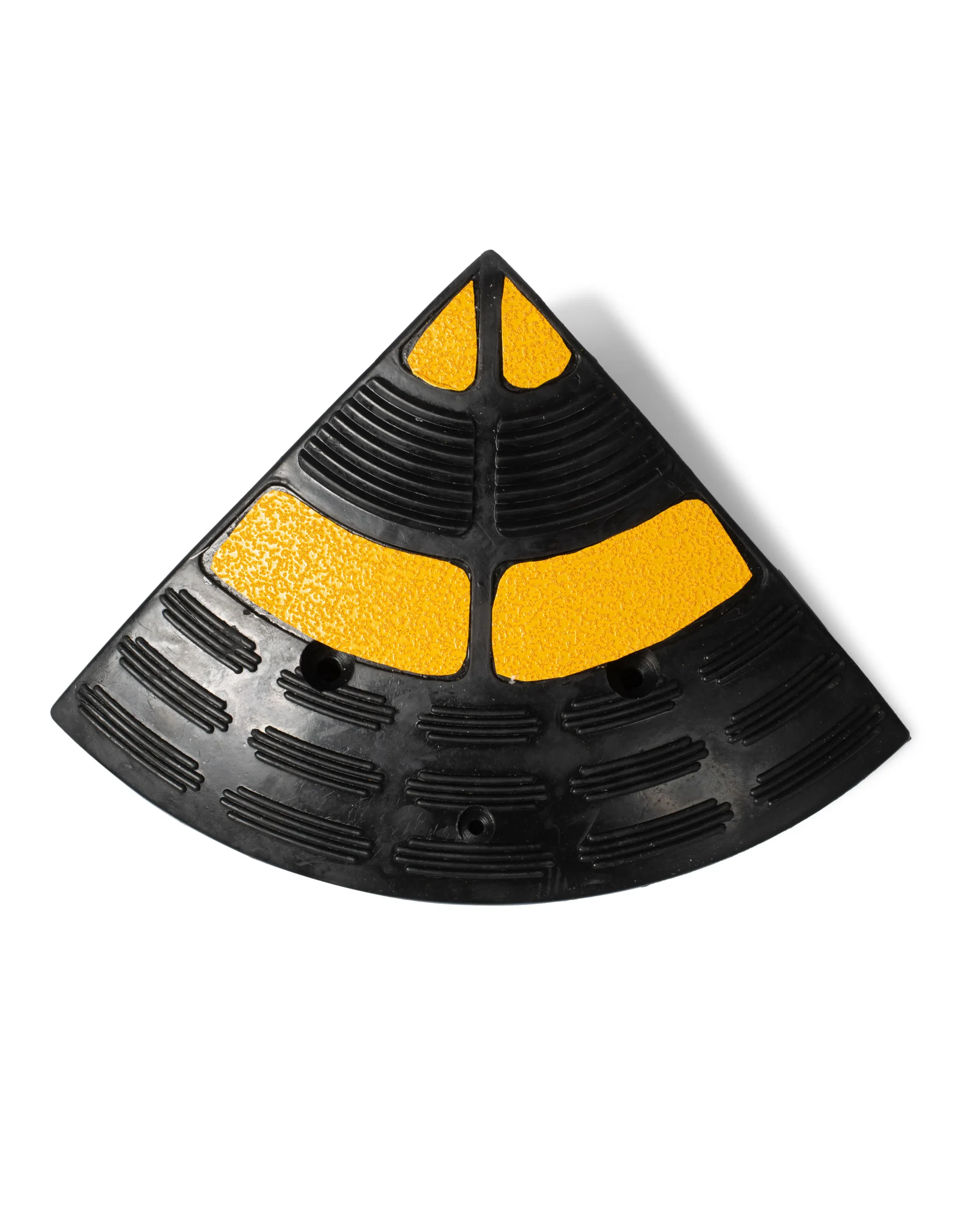
Reflective Kerb Ramp | 100mm | End | Free Fixings Included
SKU: KRE.100 (Kerb ramp end 100mm)
GST Inc -

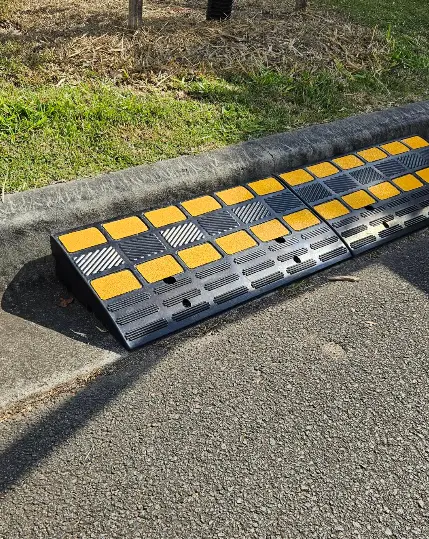
Reflective Kerb Ramp | 100mm | Middle | Free Fixings Included
SKU: KRM.100 (Kerb Ramp Middle 100mm)
GST Inc -


Kerb Ramps | 1230mm x 405mm Middle Section | Free Fixings Included
SKU: KR.CRV.M(Kerb Middle)
GST Inc -
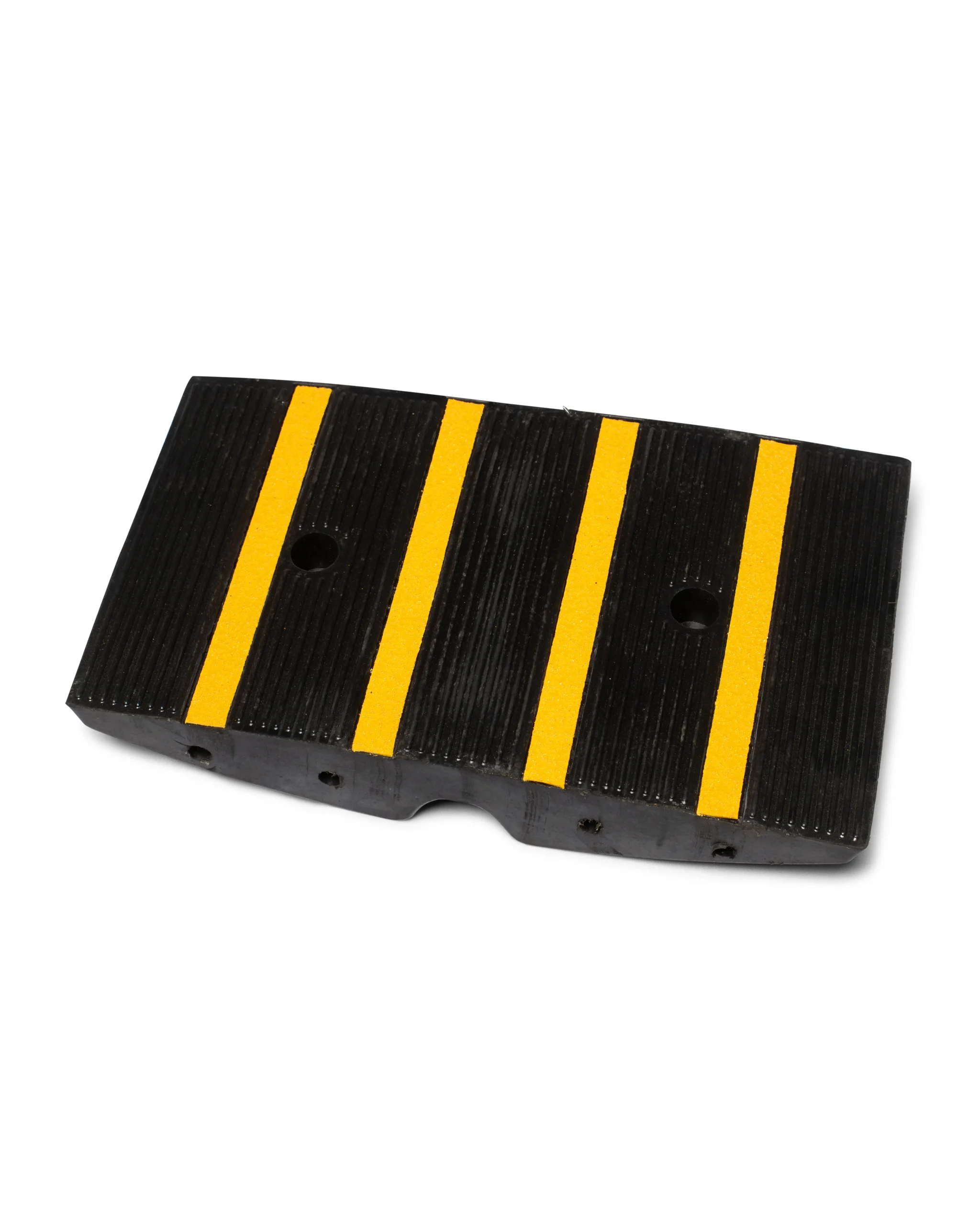

Kerb Ramps | 250 x 405 Curved Section | Free Fixings Included
SKU: KR.CRV.CNR (Kerb Curved section)
GST Inc

















